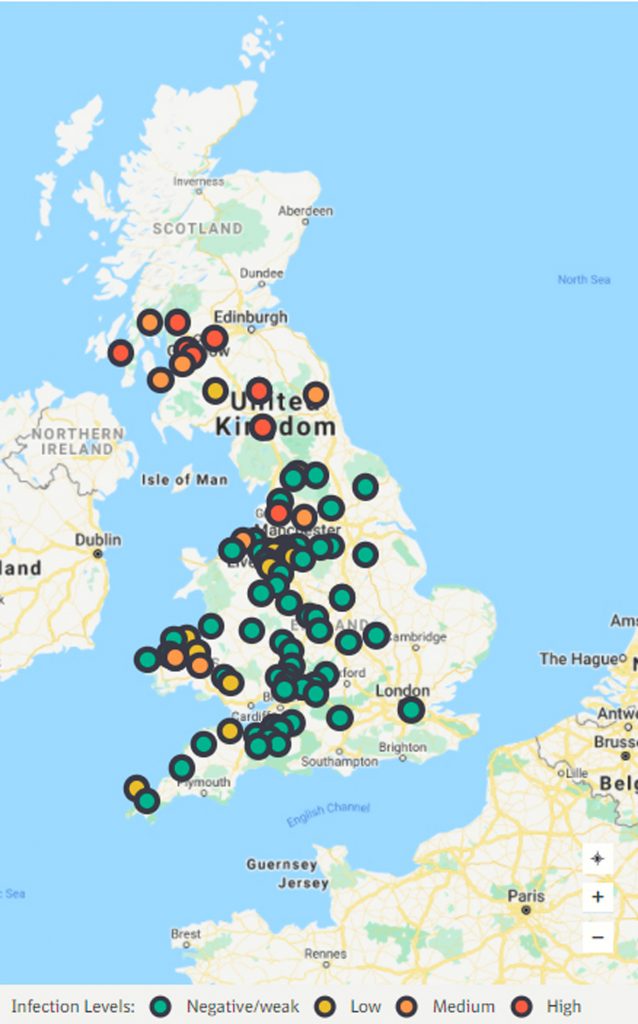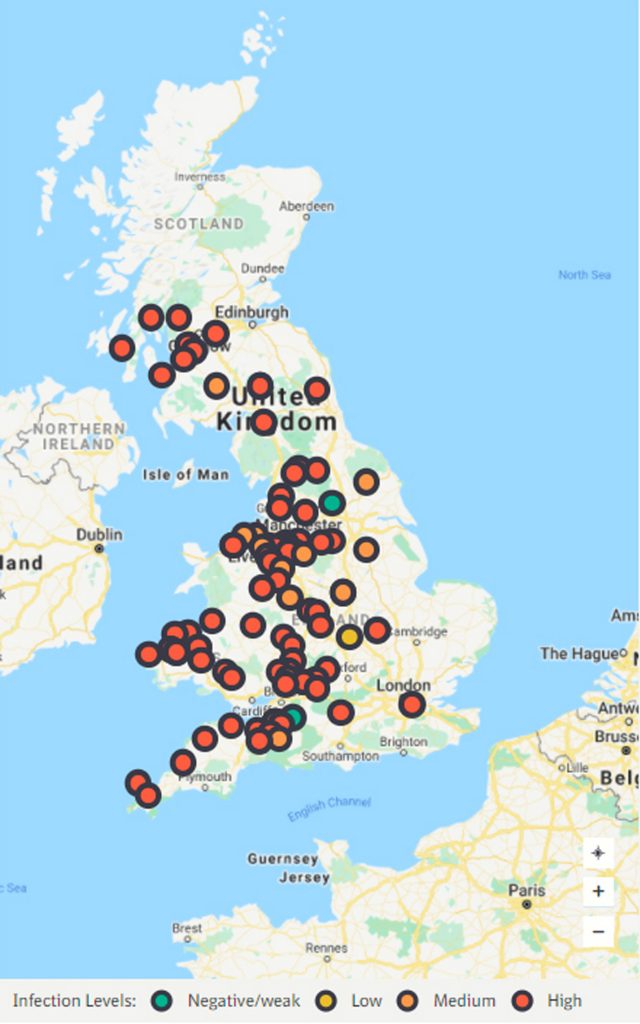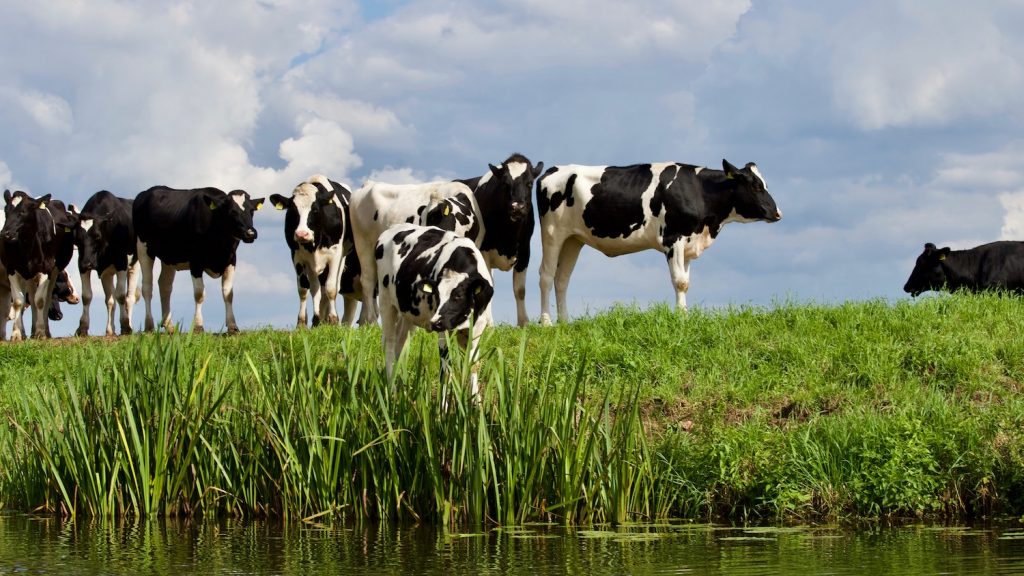High gutworm but low fluke exposure this season, tracker reveals
1st October 2020
A new parasite tracker suggests there has been an increase in exposure to the gutworm Ostertagia ostertagi in cattle over the 2020 grazing season, across England, Wales, and Scotland.
A new parasite tracker suggests there has been an increase in exposure to the gutworm Ostertagia ostertagi in cattle over the 2020 grazing season, across England, Wales, and Scotland.
Liver fluke exposure is currently low, except for a hot spot in south west Scotland, according to the tracking initiative from Boehringer Ingelheim Animal Health UK.
Senior brand manager for Boehringer, Victoria Hudson, explains that the data collected from 90 dairy farms in Great Britain in association with National Milk Laboratories, is helping to track parasite risks and provide more specific guidance to livestock producers, animal health advisors, and vets on monitoring and treating parasites.
“Our data is collected from ELISA bulk milk tests from dairy farms, but we expect this information will be of use to all livestock producers due to the prevalence of liver fluke and Ostertagia ostertagi across Great Britain. When bulk milk tank antibodies to these parasites become elevated it provides an indication of regional risk that is relevant to other cattle producers, and the liver fluke results will also be relevant to sheep producers.
“We hope when this data is used in combination with parasite forecasts, farm-specific conditions, and herd history, livestock producers, animal health advisors and vets will be able to make better-informed decisions on parasite monitoring and control.”
Data to the end of August 2020 showed that around 80 per cent of tested herds now have high levels of Ostertagia ostertagi antibody in a bulk milk sample, which indicated high exposure to this worm during the grazing season.
“This highlights the potential risk that Ostertagia ostertagi may pose to cattle of all ages grazing in all regions of Great Britain,” says Boehringer’s ruminant technical manager, Sioned Timothy.
“Dairy herds that have not treated for worms during the grazing season should consider testing a bulk milk sample. In addition, producers should be mindful that the warm and wet autumn weather will promote ongoing larval activity on the pasture, and could leave youngstock at ongoing risk of parasitic gastroenteritis,” warns Sioned.
Producers can request a bulk milk test through their vet or animal health advisor.
It is a different story for liver fluke, according to Boehringer. The majority of herds remain classed as negative, with 68 per cent presenting no or very low levels of antibody in a bulk milk sample. However, a small number of herds tested positive, primarily in the westerly areas of Great Britain.
“Dairy farmers in westerly areas of England, Wales and Scotland that haven’t treated herds for liver fluke this year should consider performing a diagnostic test to determine whether chronic fluke infection established in 2019 is impacting on the farm’s productivity,” says Sioned.
“There is some evidence that antibody levels are increasing in these regions. This is most notable in south west Scotland. Livestock in this area are potentially being exposed to infective fluke on the pasture and as a result, there may be a risk of acute fluke disease in sheep.
“While acute fluke disease is less common in cattle, beef and dairy producers should still be alert to the potential for lost productivity in infected cattle, as infections become established.”
Cattle and sheep producers are urged to speak to their vet or animal health advisor for advice on how to monitor and treat liver fluke and Ostertagia ostertagi on their farms.
Producers can sign up to receive seasonal email alerts from Boehringer’s parasite tracker on the Beat the Parasites website: www.beattheparasites.com.

Liver fluke tracker map

Ostertagia tracker map

